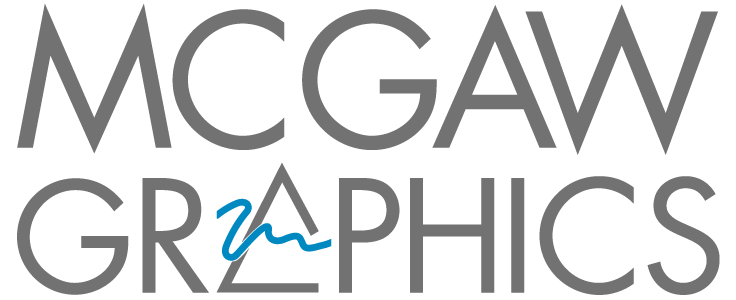Portraiture as subject has been present since the earliest evidence of art found on the walls of the Lascaux caves and the pivotal discovery of the Venus of Willendorf, a sculpture of a fertility goddess dating back to 22,000 BC. From these early primitive examples to the selfie of today, portraits have gone through a fascinating evolution along with the artistic movements that define the history of art.
Portraits are defined as paintings, drawings, photographs, sculptures or engravings of a person, especially depicting only the face or head and shoulders, often intended to represent the likeness, personality and mood of the person depicted. It was Ancient Egypt where historic portraiture was born with images of gods and pharaohs painted and carved in temples, tombs and palaces. In Ancient Greece some of the most important examples of early portraiture appeared as paintings on pottery and as sculptures, including the iconic Venus de Milo. In Medieval times portraiture moved toward strong religious themes including images of Jesus, Mary, Joseph, Saints, Church Leaders and Angels. In the Renaissance period, there was a new emphasis on perfecting the human form. It was during this time that we saw masterpieces such as The Mona Lisa by Leonardo da Vinci created. The next important art movements that affected portraiture were the Baroque (17th Cent) and Rococo (18th Cent) periods. Portraits of the wealthy and powerful became important symbols in society of that time. Artists also began to imbue the facial expressions of their subjects with more emotion. In the late 18th Century and early 19th century Neoclassical artists painted portraits of figures wearing fashions inspired by ancient Greek and Roman clothing styles, which were all the rage at that time. It was during this time that Ingres created “The Grand Odalisque” . Artists of the Romantic period of the early 19th century painted works charged with movement and dramatic lighting. In the mid-19th Century the artists of the Realism movement painted portraits depicting ordinary people in less-dramatic more normalized settings. It is during this time that American master portraitist John Singer Sargent created his finest works. Impressionists like Pierre August Renoir and Claude Monet created portraits for their own artistic desires, and not as commissions. Some of the most radical stylistic changes came to portraiture in the late 19th Century and Early 20th Century with the advent of Modern Art. Edouard Manet’s The Luncheon on the Grass created in 1863 is often cited as marking the birth of Modern Art with the central female figure shown nude with fully clothed male companions (shocking and revolutionary at the time). Later post impressionist master Vincent van Gogh created a vast collection of portraits and self-portraits in the loose expressive style of the period. The early 20th century brought the cubist portraits of Pablo Picasso and Fauvist portraits of Henri Matisse. After World War II Andy Warhol and Roy Lichtenstein created their iconic bold and colorful pop art portraits depicting celebrities and images taken from pop culture. Portraiture continues to evolve in contemporary art without societal boundaries imposed in past movements. Some notable contemporary portraiture artists from our collection include Loui Jover, Jessica Durrant, Romero Britto, John Clark, Jasmine Becket Griffith, Jim Daly, Niagara Detroit, and William Buffett.
See our Museum Portrait Collection.


